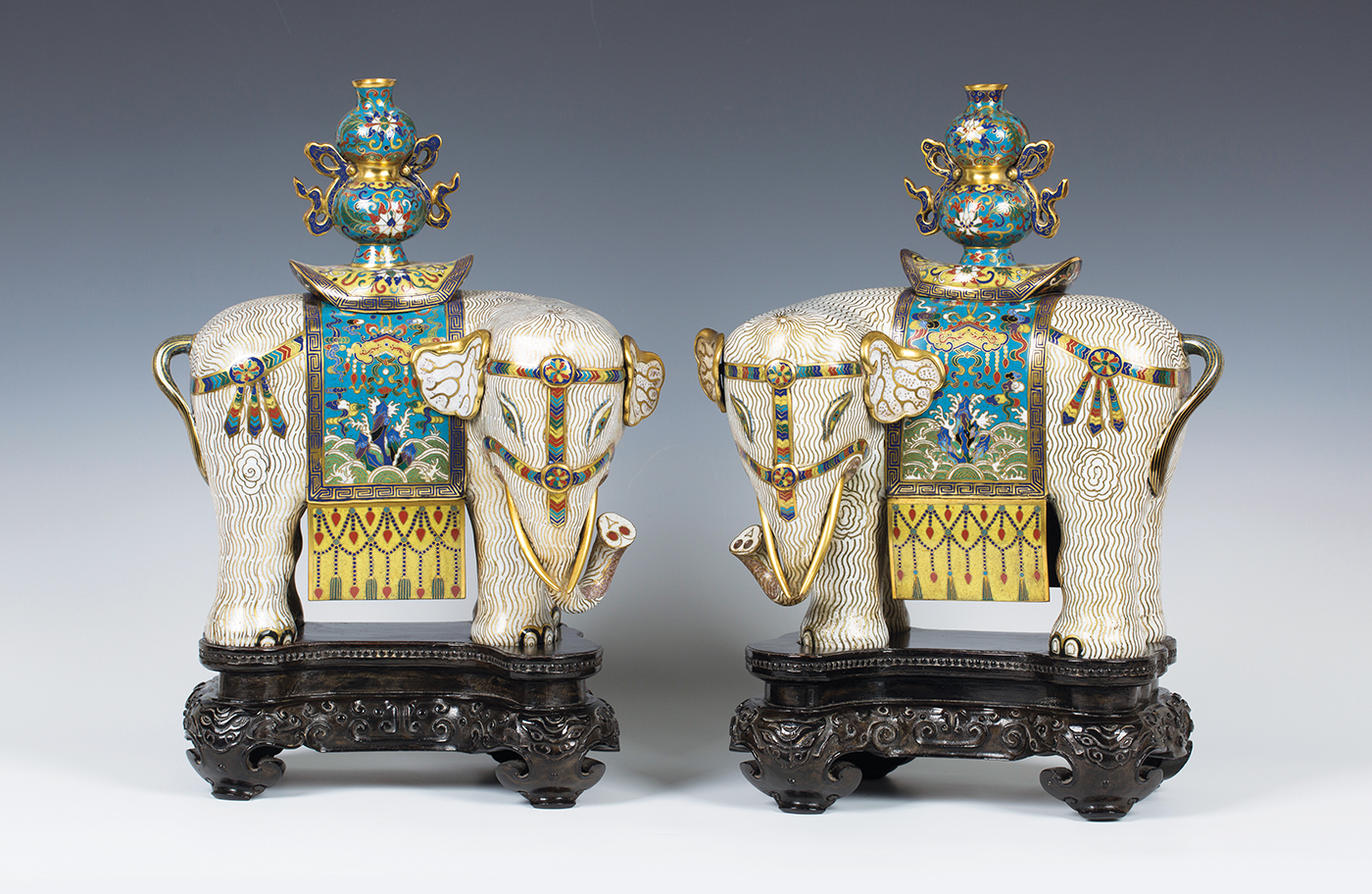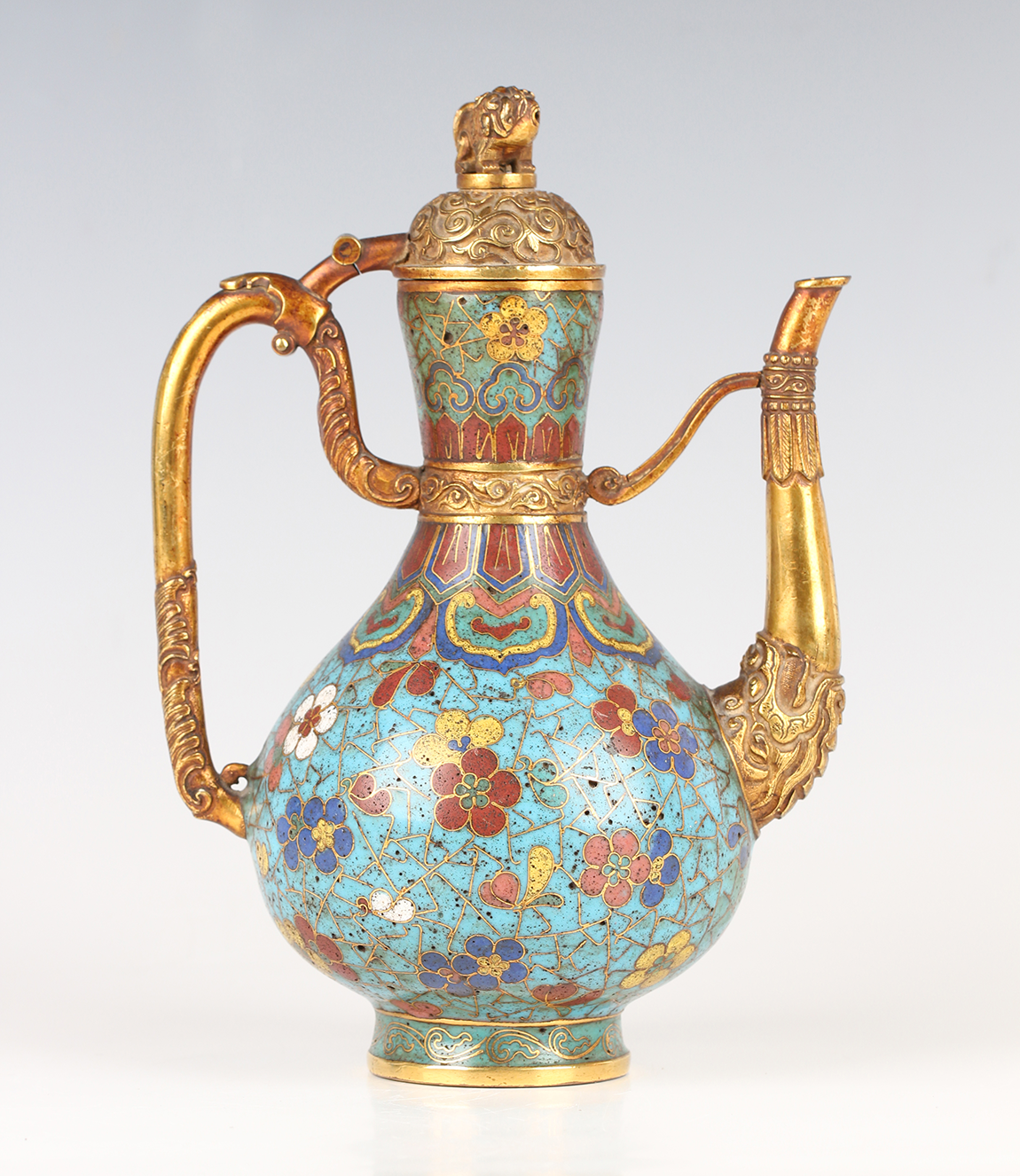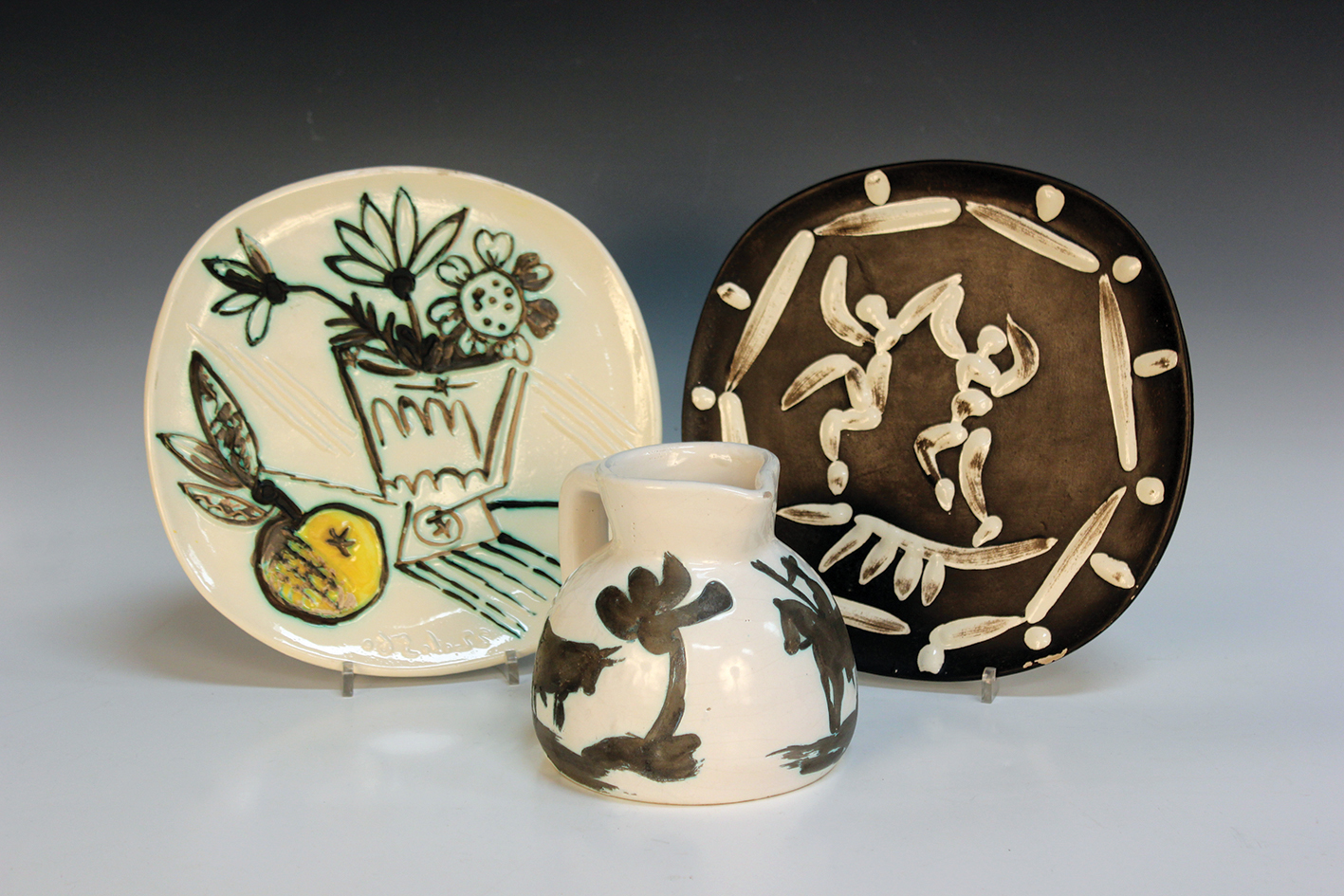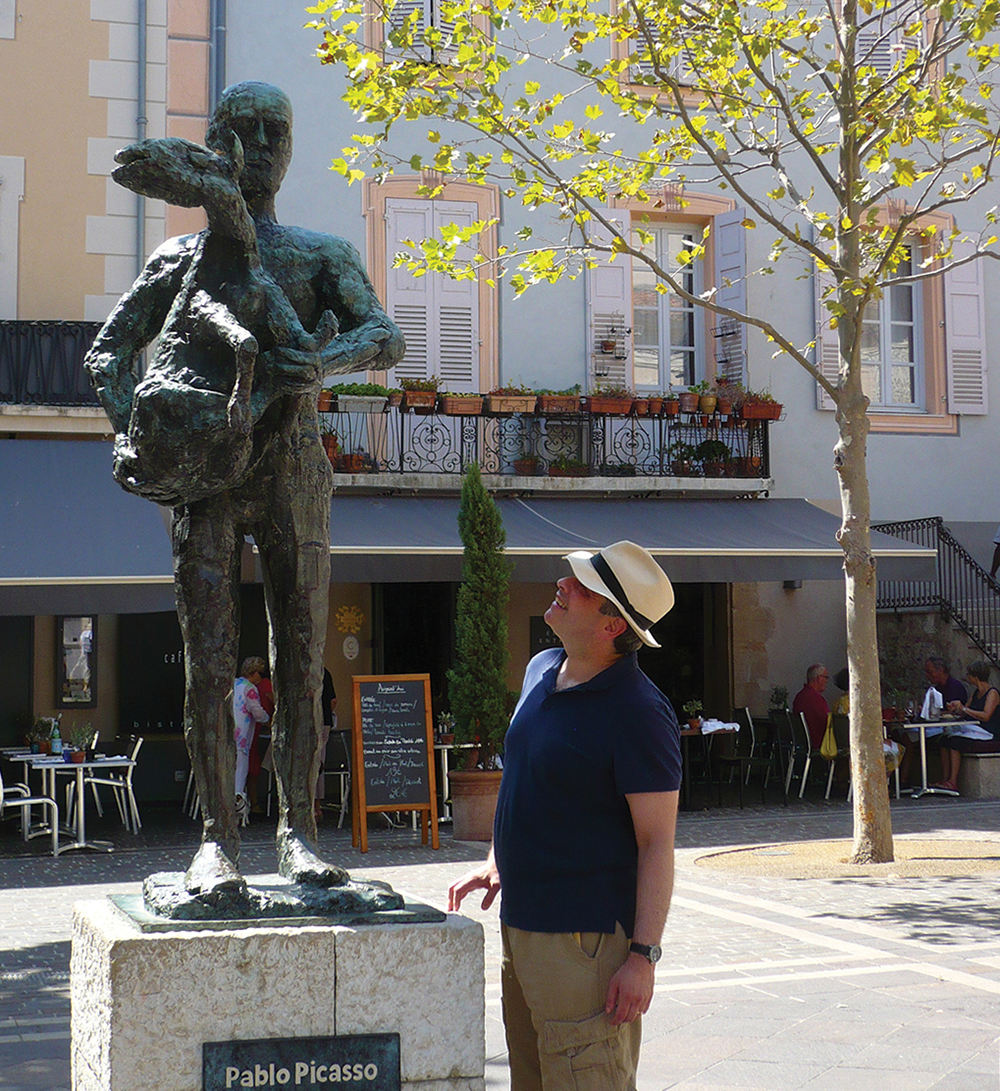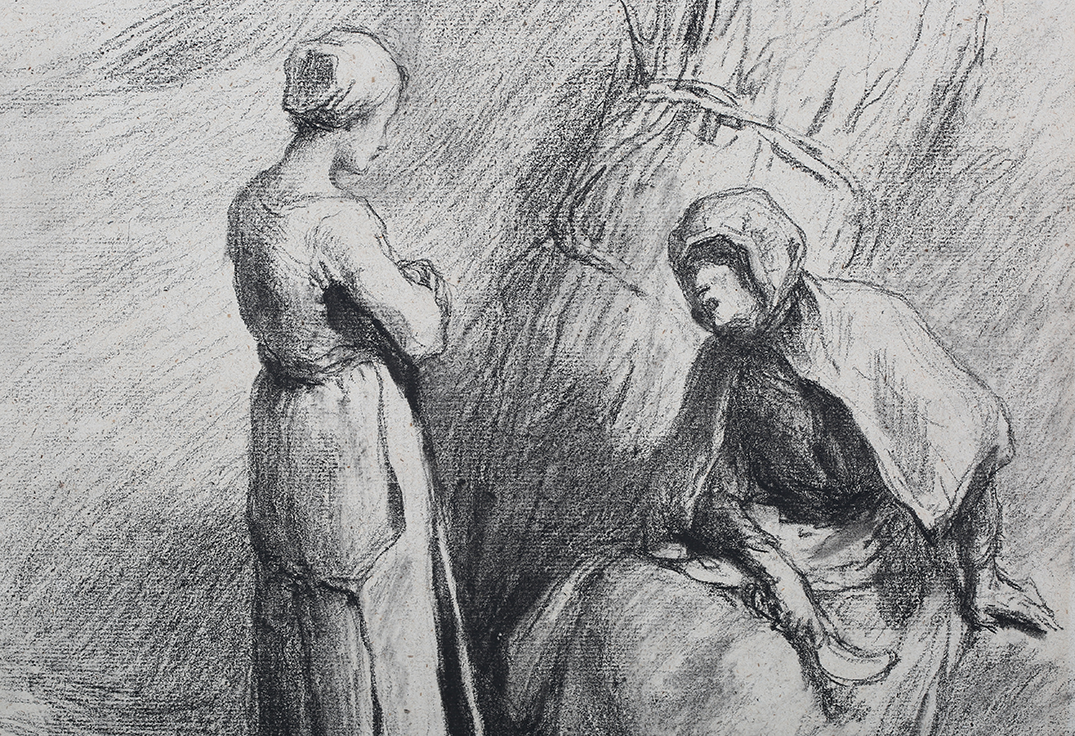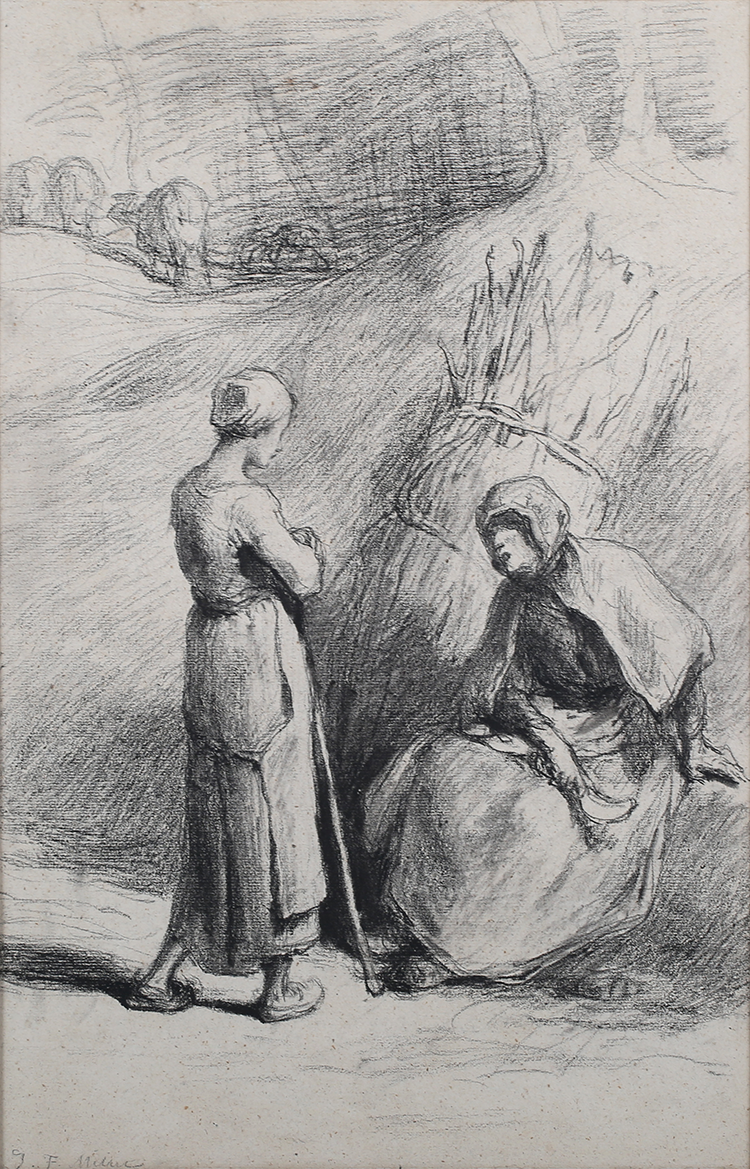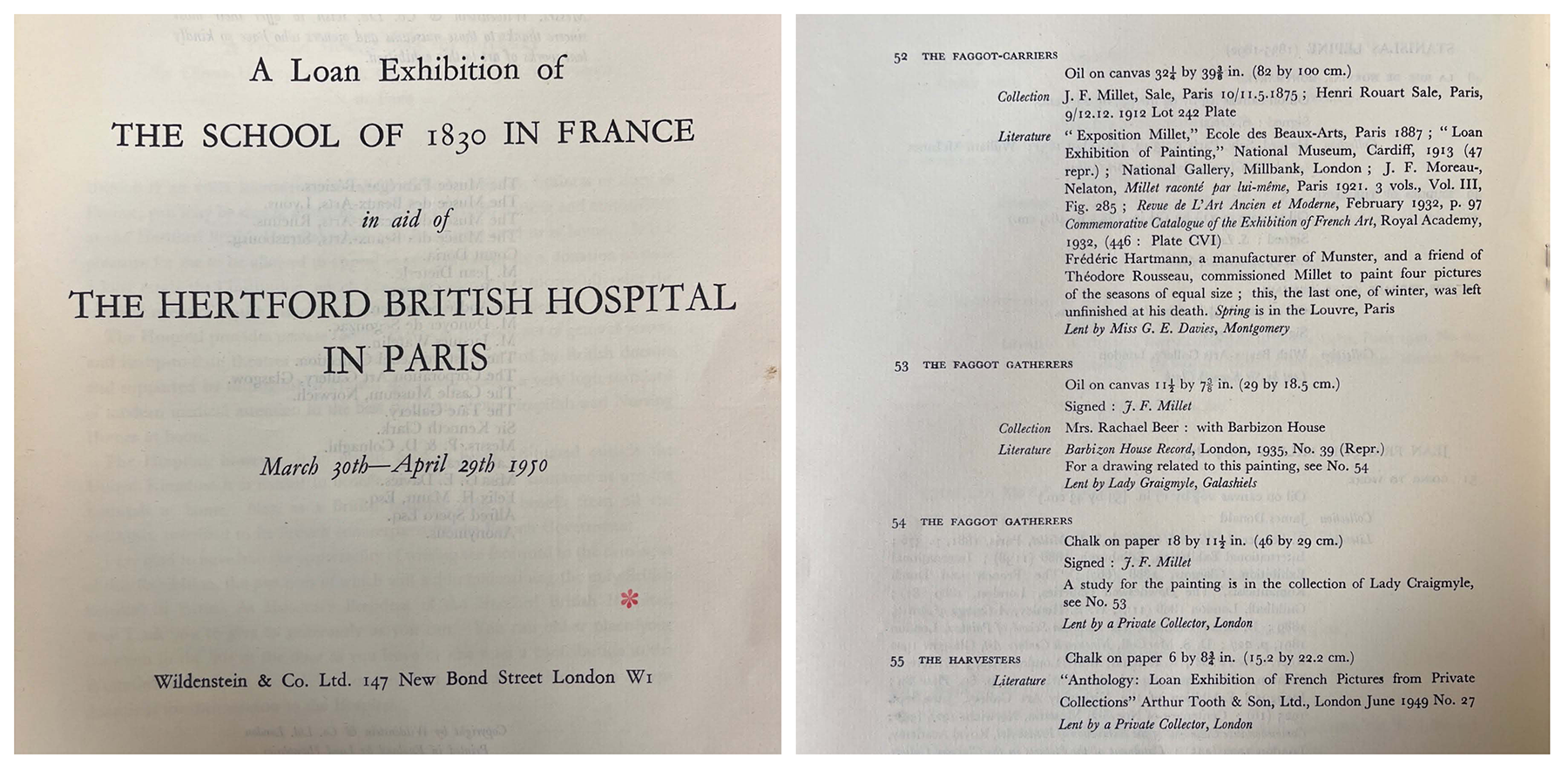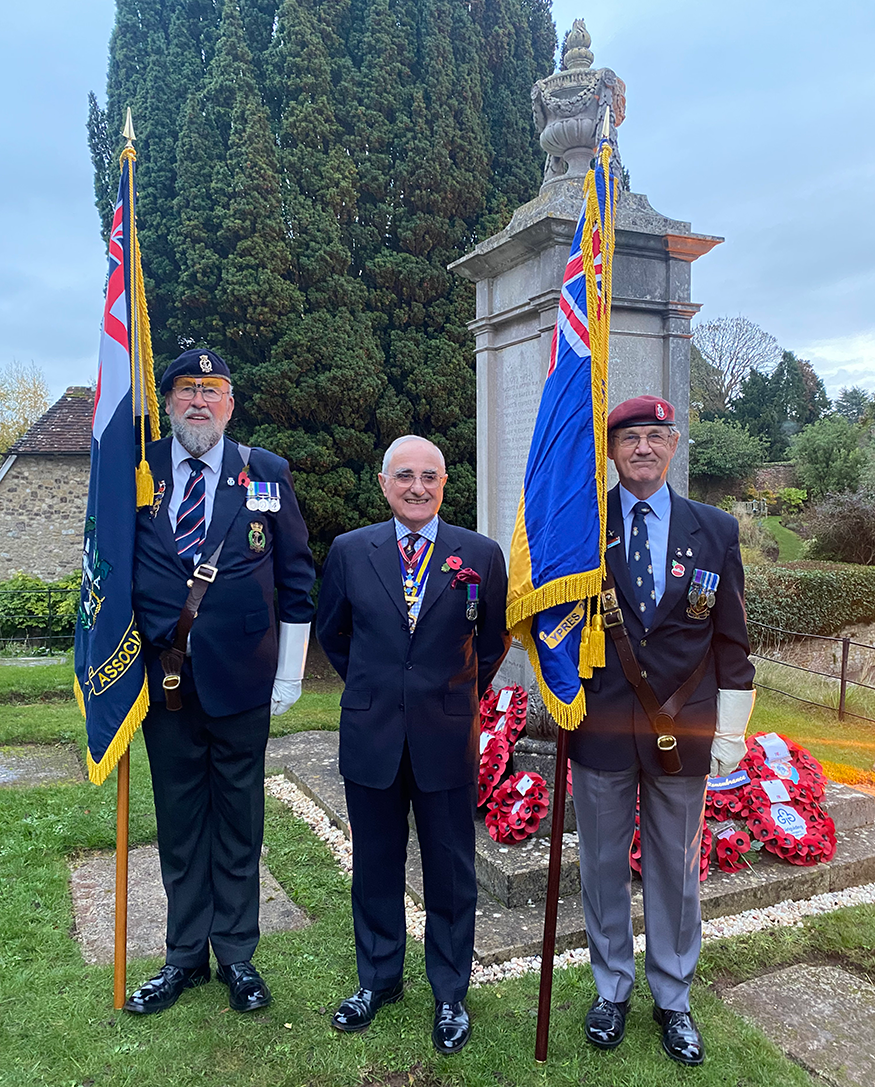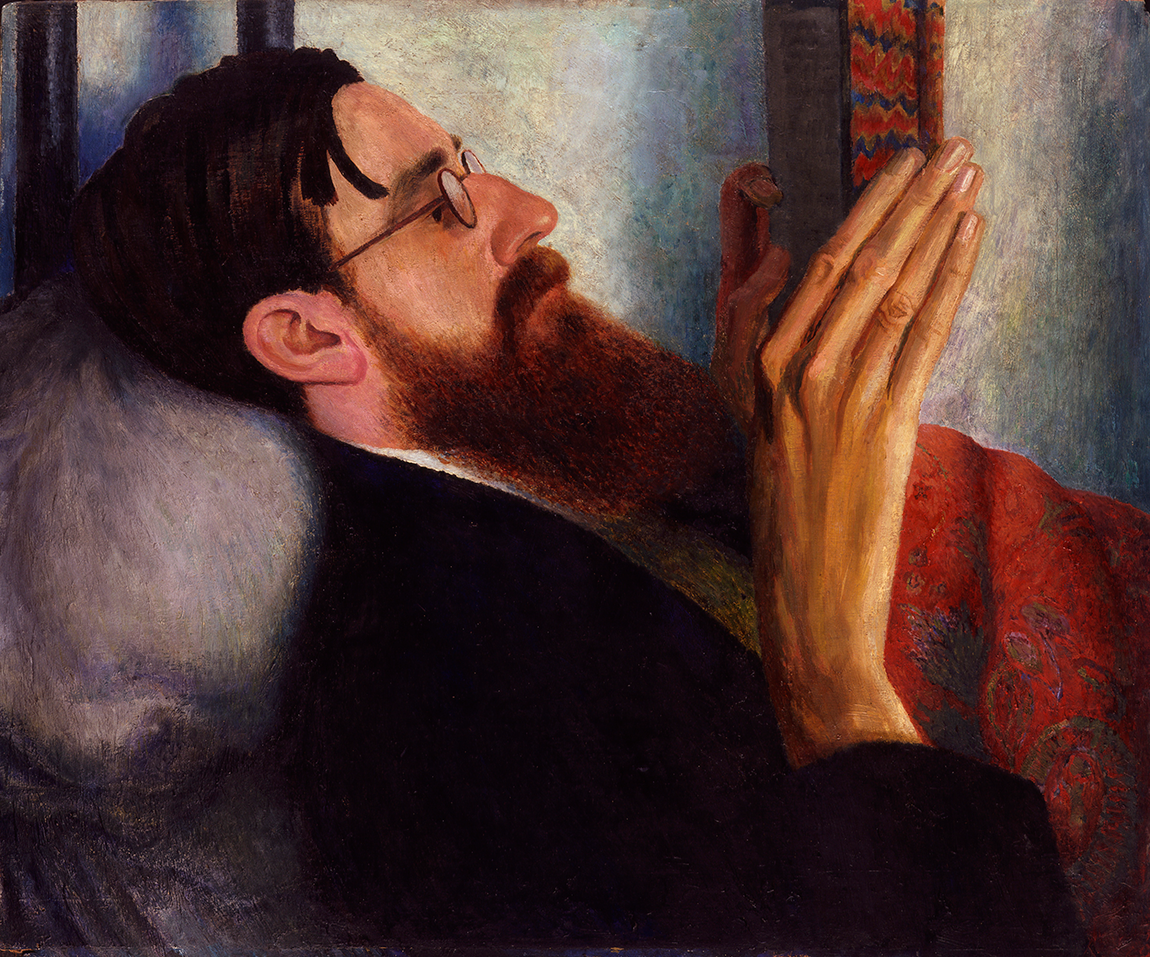
The winter season of exhibitions has just opened at Pallant House Gallery with a reassessment of the life and art of Dora Carrington.
Dora Carrington liked to call herself Carrington. She thought ‘Dora’ was vulgar and sentimental. A bohemian, Carrington found herself at the heart of a passionate group of artists, writers and friends from the Bloomsbury Group. Her lovers, who included men and women, and friends profoundly influenced her work. Much of the work of this gifted female artist is on a domestic scale which is refreshing. Travel, love, relationships, sexuality and the importance of place are recurring themes. Carrington’s work was never critically acclaimed during her lifetime and the paintings form a very intimate, personal expression and observation of her life.
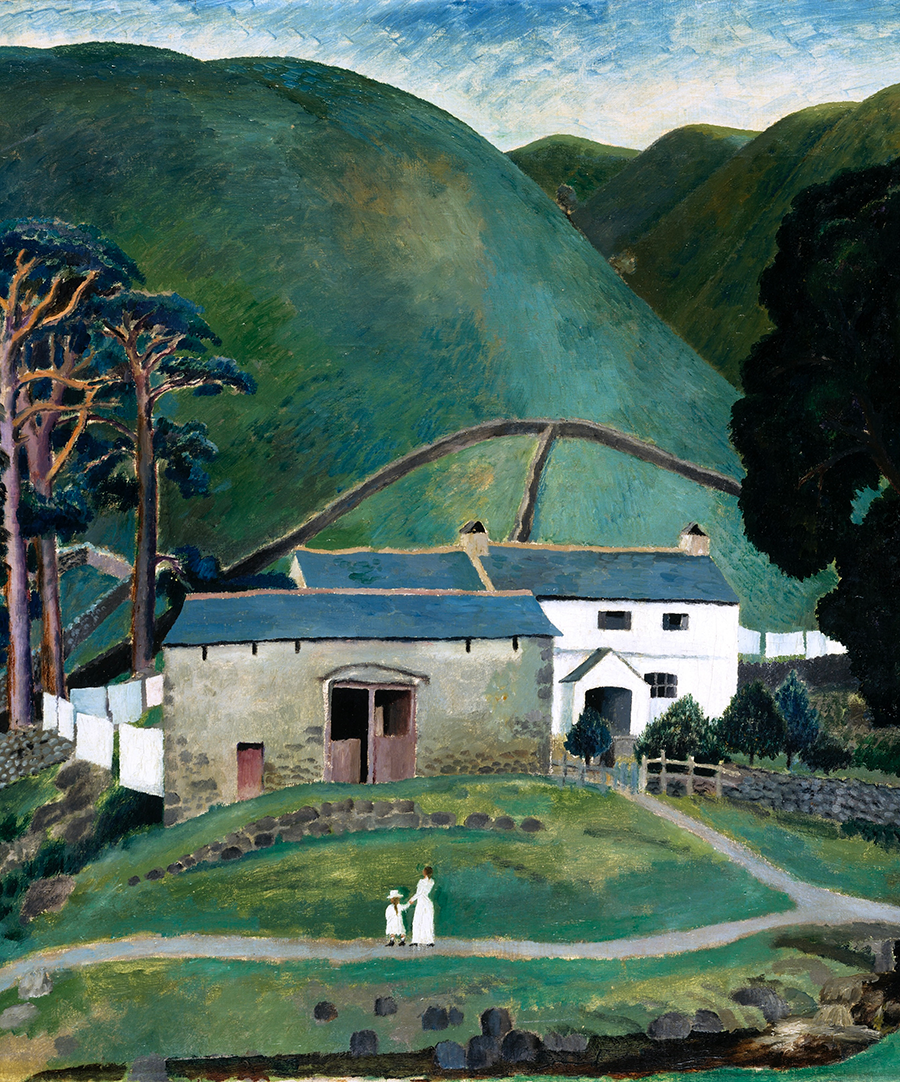
Carrington fell in love with the homosexual writer Lytton Strachey in 1915 and a year later she painted an intimate portrait of him reclining and reading. Her love for him is apparent in the intimacy with which she observes his long slender fingers, face and soft reddish beard. Strachey and Carrington first set up home together at Tidmarsh Mill near Pangbourne in 1917. There Ralph Partridge fell in love with Carrington and attracted the attentions of Strachey. Ralph and Carrington were married in 1921, not so much for love but to preserve the ménage à trois with Strachey. On the day she agreed to marry Partridge she wrote movingly to Strachey ‘I cried last night Lytton, whilst he slept by my side sleeping happily – I cried to think of a savage cynical fate which had made it impossible for my love ever to be used by you…’. It was on holiday with Ralph Partridge in Cumbria in 1921 that Carrington began her affair with Ralph’s friend Gerald Brenan. The landscape, Farm at Watendlath, seems to capture the emotional turmoil of their relationships. The farm where they all stayed is painted beneath the brooding Cumbrian hills. The description in Virginia Woolf’s diary of the tensions in Carrington’s life are apparent throughout this show. Woolf would write how likeable, impulsive and self-conscious Carrington was ‘…eager to please, conciliatory, restless, and active…’. The exhibition leaves you with a sense that although Carrington embraced the freedoms and spirit of a bohemian life it was costly to her. Her love for Lytton Strachey could not be fulfilled. She nursed him and heartbroken after his death she committed suicide.
Dora Carrington at Pallant House is an exhibition filled with beauty, joy and sorrow. An intimate portrayal of Carrington’s life expressed through her art and letters.
